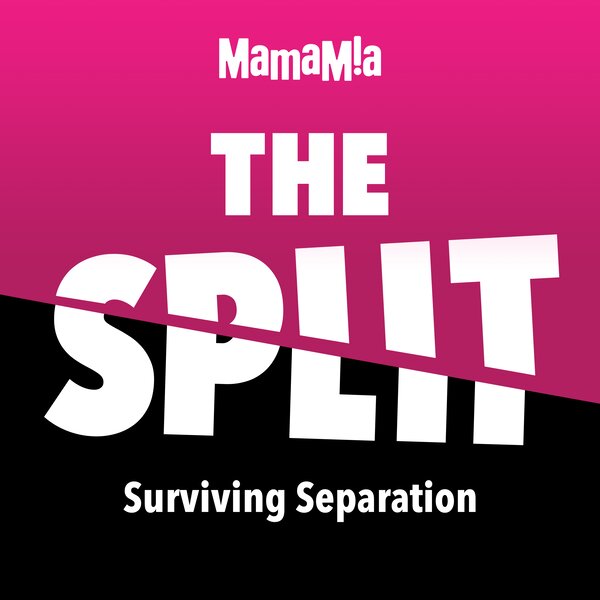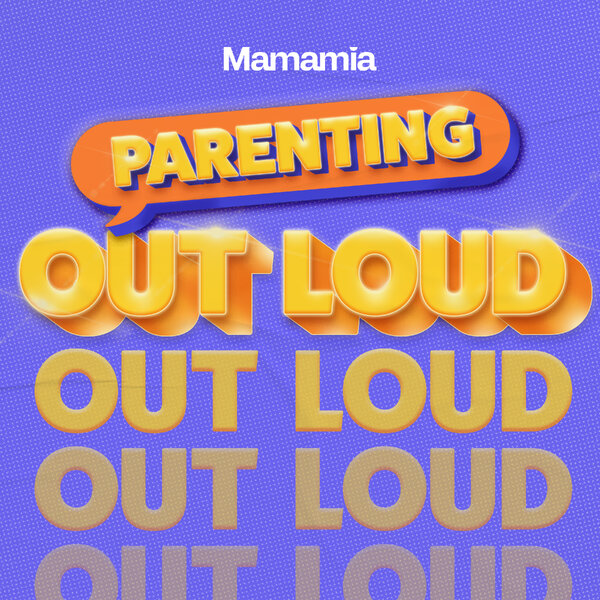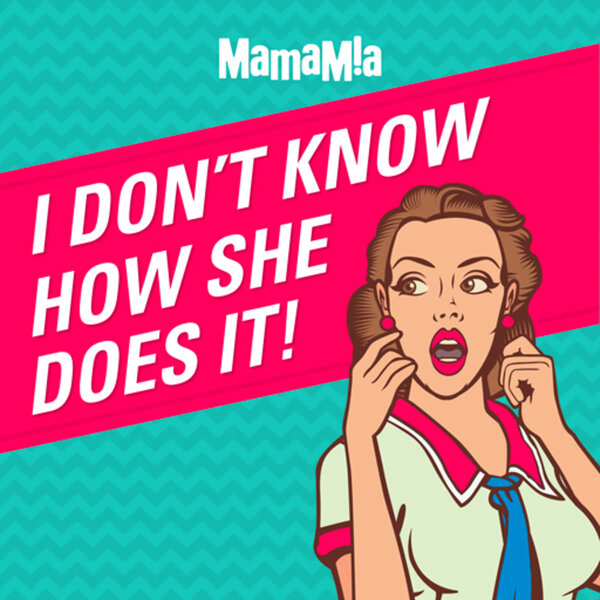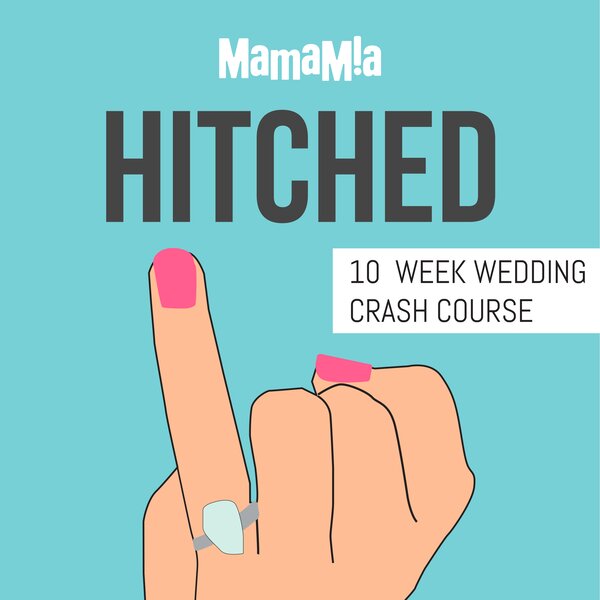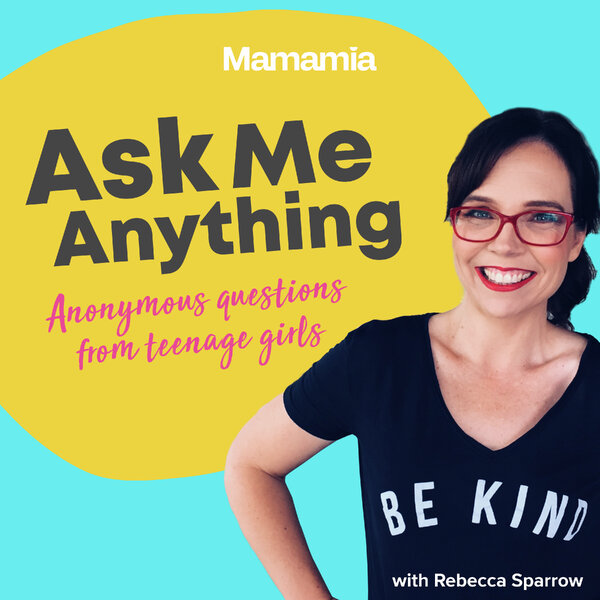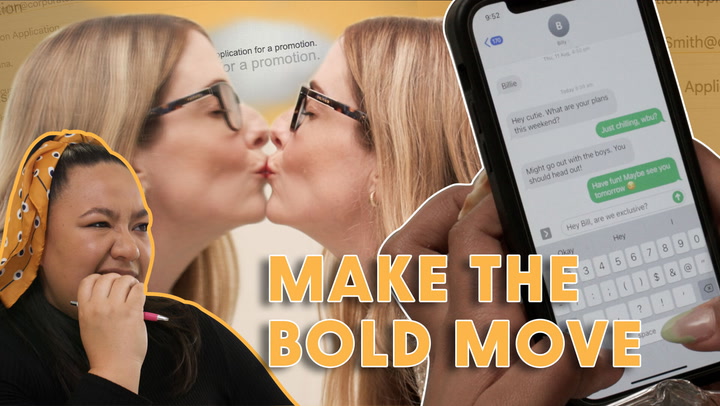
If you want to support independent women's media, become a Mamamia subscriber. Get an all-access pass to everything we make, including exclusive podcasts, articles, videos and our exercise app, MOVE.
I wish this were rare. If you've ever felt dismissed when something was clearly wrong, this story may feel familiar.
I was 16 when I had my first seizure.
One day, I was a healthy, active teenager on the Victorian Athletics Team. The next, I was on the floor — unable to move, speak, or even breathe properly.
I drifted in and out of consciousness, my body beyond my control. Just when I thought it was over, it wasn't.
Because the scariest part wasn't that it was my first seizure. It was what happened after.
When the paramedics arrived, I was disorientated, confused and exhausted, both mentally and physically. My dad was trying to help me stand, but I kept collapsing.
But instead of concern, I got this:
"It's a panic attack," the paramedic told my dad.
"Probably too much caffeine."
Watch: The Daily Reality of Living with Chronic Insomnia. Post continues after video.
Then, turning to me — "Come on, get up."



